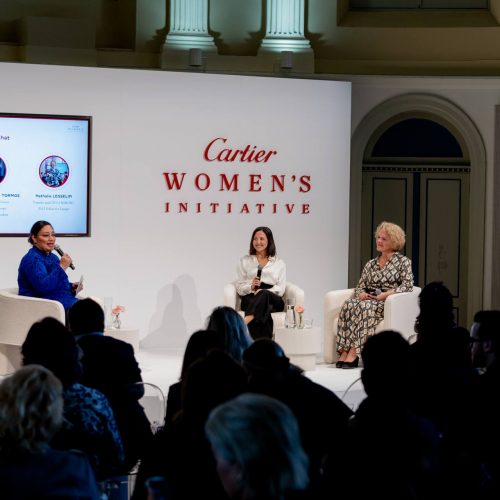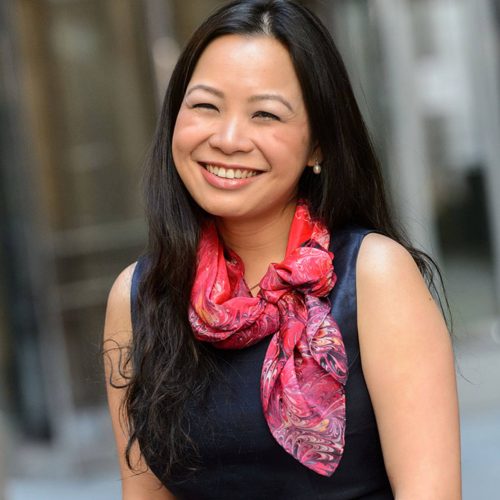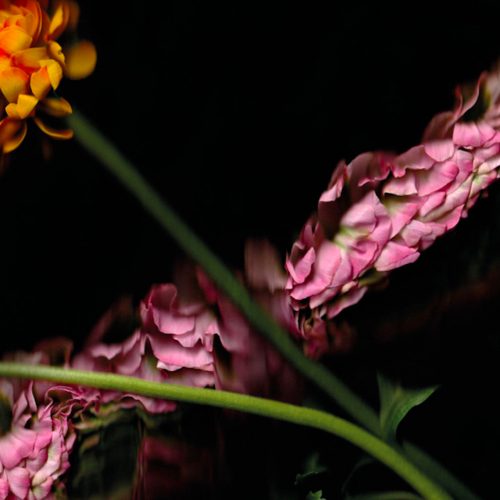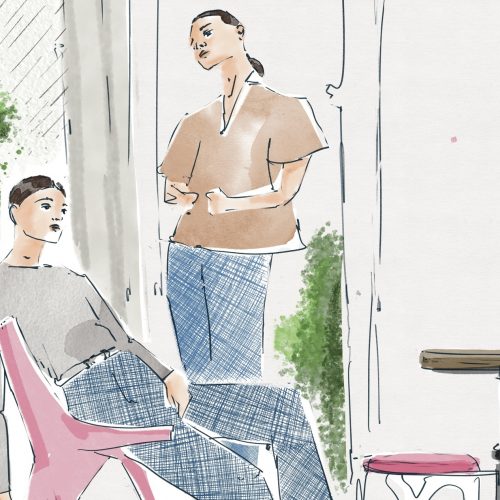Who Is Maria Baoli And Why You Should Know Her Intimate Photography
In this interview, 38th international festival Hyeres finalist in the photography competition, Maria Baoli, discusses how she makes her photography work sustainable as well as the themes of memory, identity and culture that she explores in her practice.
To receive the Luxiders newsletter, sign up here.
Maria Baoli describes herself as curious and eager to learn about all kinds of topics, whether this be art, gastronomy, people, cultures or sea life. She likes to be surprised and her work as a photographer allows her to enter other realities, fictional or non fictional, in order to understand the world around her. Photography is also a tool for her to better understand herself, through the intimate and eerie layers of her work.
Her unique approach of sensitivity towards her subjects allows her to create a connection with nature and convey multiple messages in a single photo, whilst the slow and delicate process of creating her images by hand adds exceptional value to her work. We interview her to know more about her technique and dreams.
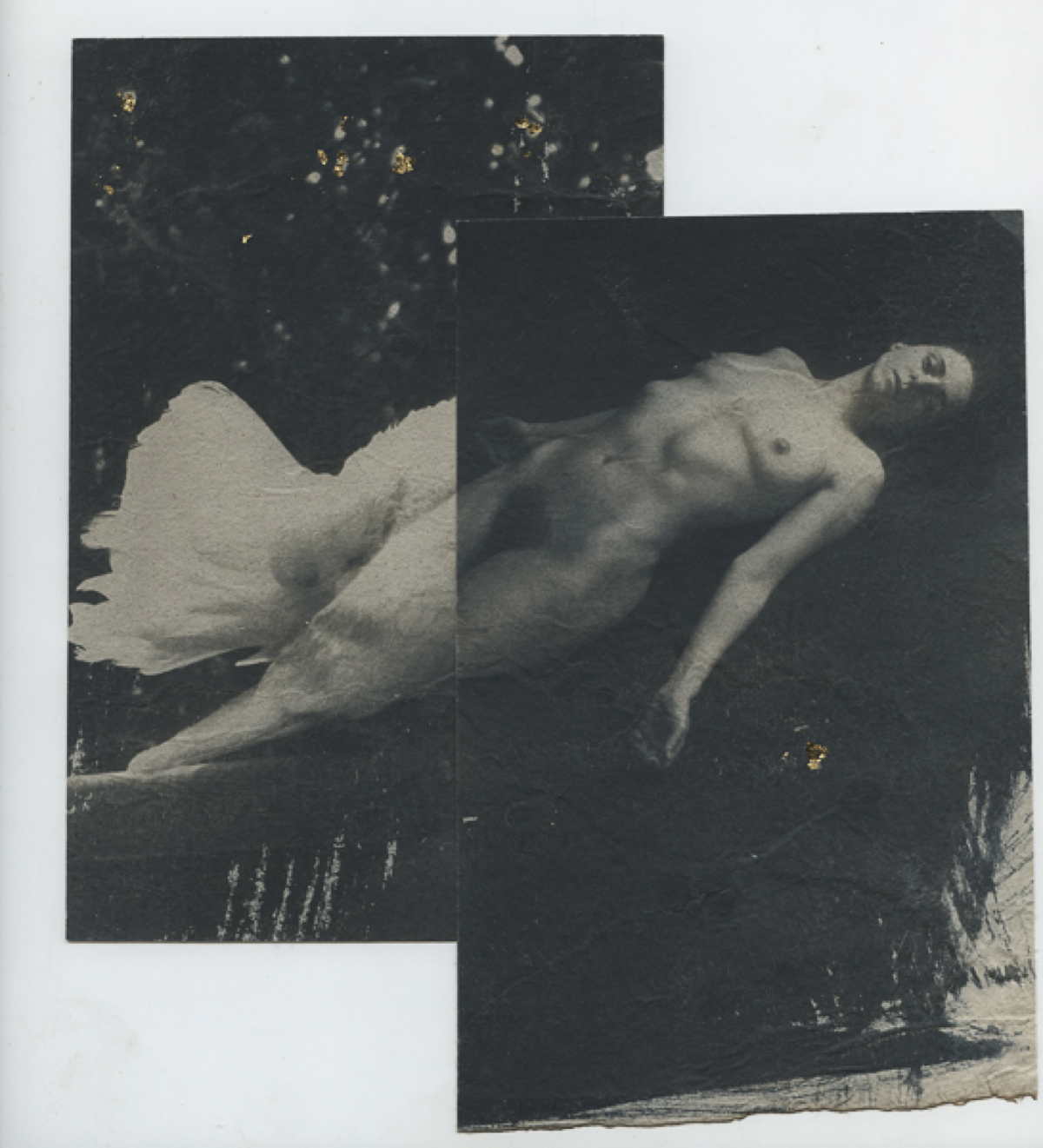
Laureombe | Stalaktos
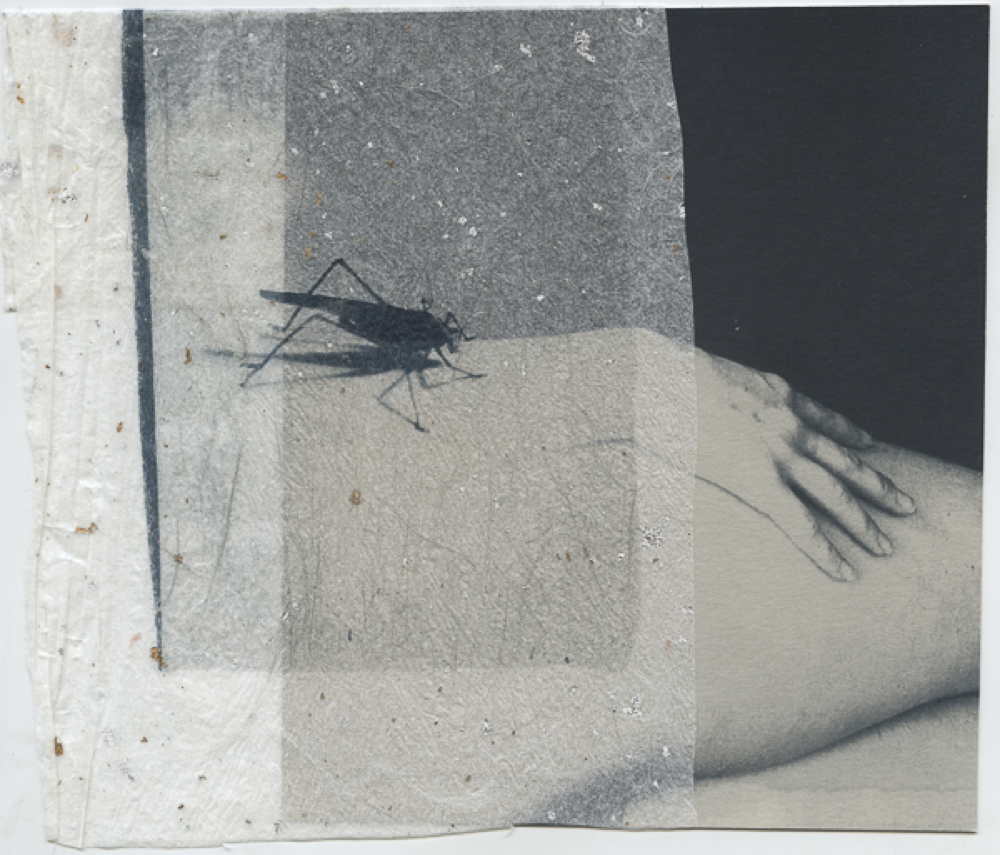
Aigues | Stalaktos
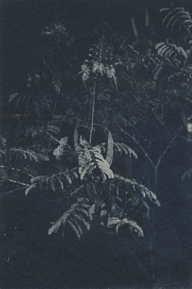
Mantis | Stalaktos
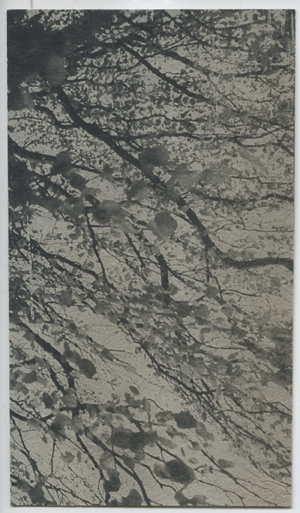
Mantis | Stalaktos

Cairns | Stalaktos
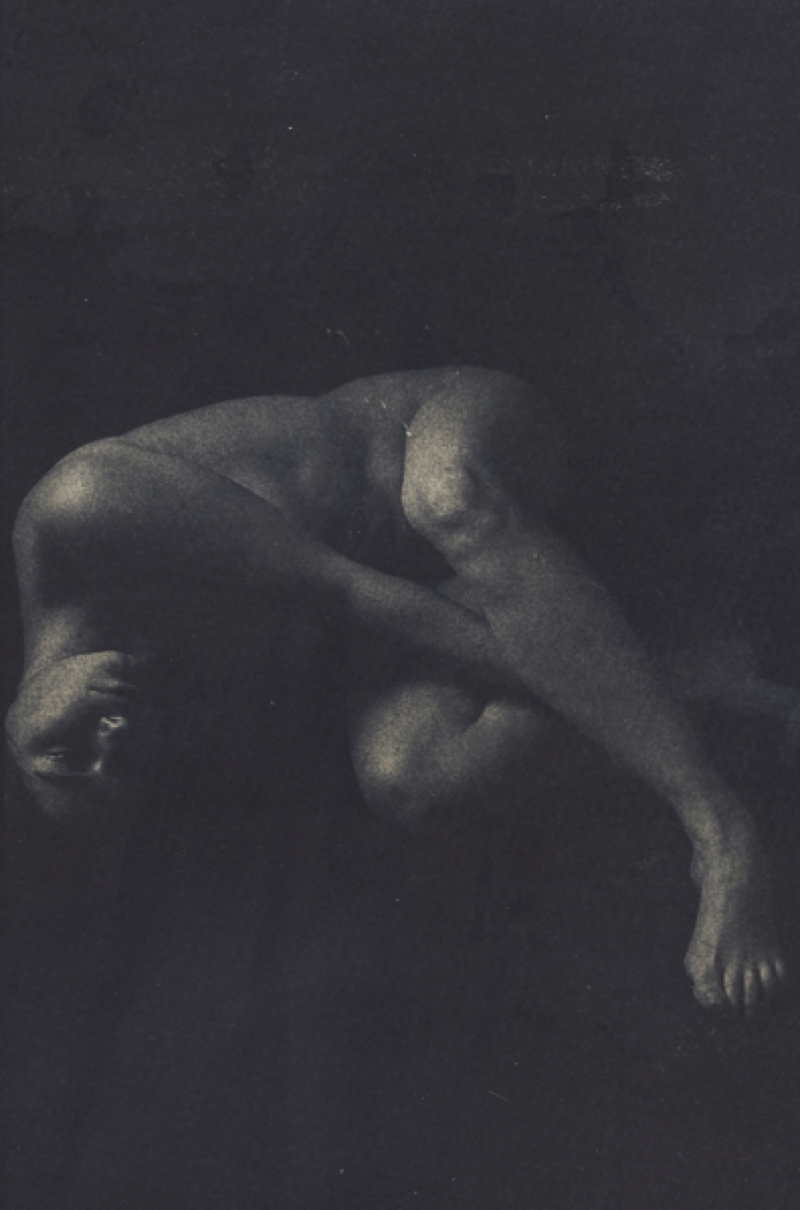
Flotte | Stalaktos
INTERVIEW WITH PHOTOGRAPHER MARIA BAOLI
You explore themes of memory, identity and culture in your personal work. How do you use photography to express these themes and why do you gravitate towards photography as opposed to other forms of art?
The theme of memory is deeply connected to photography as Susan Sontag refers in her essay “In Plato’s Cave,” that “all photographs are memento mori. To take a photograph is to participate in another person’s (or thing’s) mortality, vulnerability, mutability, but also Roland Barthes’. Camera Lucida described a central function of photography as showing “that-has-been.” I like to reflect on how photography affects the memory. Do I remember that moment because of the picture? Do I know what that person looked like or is it the portrait of that person that I’ve kept in my memory? When we look at old pictures we can trace an existence, a time and a culture that have maybe disappeared but are somehow preserved in images. Photography is no longer confined strictly within a traditional visual anthropology but used as a prism through which to explore identity and culture, and it’s a key to enter worlds that may be hidden or have been kept private. Its ability to reproduce as opposed to other forms of arts makes it very compelling. Depending on the size, paper and technique, a photograph’s meaning can differ. I started painting classes in September so I am trying to find a balance between these two mediums.
Much of your portfolio consists of cyanotype prints and film images. How complicated is this process? Tell us about it…
Working with film photography makes the act of making the picture much more deliberate, as any film has a limited number of shots and the result is not immediate. This makes the whole process more conscious and slow, which I appreciate. I love spending time in the darkroom, it’s like meditation time with one primary focus and I am always fascinated when the silver gelatin prints reveal the images. Likewise, cyanotypes are a very old technique from the 19th century and have a painting-like and hand crafted process that I really enjoy. Working with my hands and brushes is a true joy and this technique allows a lot of experiments.
The process is quite simple, it’s mostly working with light grammage paper and exploring other ingredients that makes it more challenging ( and exciting !)
What interests you in working with this media as opposed to digital photography? Are there any artists or photographers who inspire your approach?
Film photography enables a much more slow and intimate approach. The photos are materialized and this existence makes the whole process more conscious. We’re so exposed and used to screens nowadays that it feels rewarding being able to use your hands to create something. I really admire painters such as Andrew Wyeth or Jorg Maldener, but also photographers like Nan Goldin and Peter Beard have been key in my practice, especially at the early stages. I am also a big fan of my friends’ work Anne Sophie Guillet, Laura F. Izuzquiza and Ana Paes, which truly convey emotions.
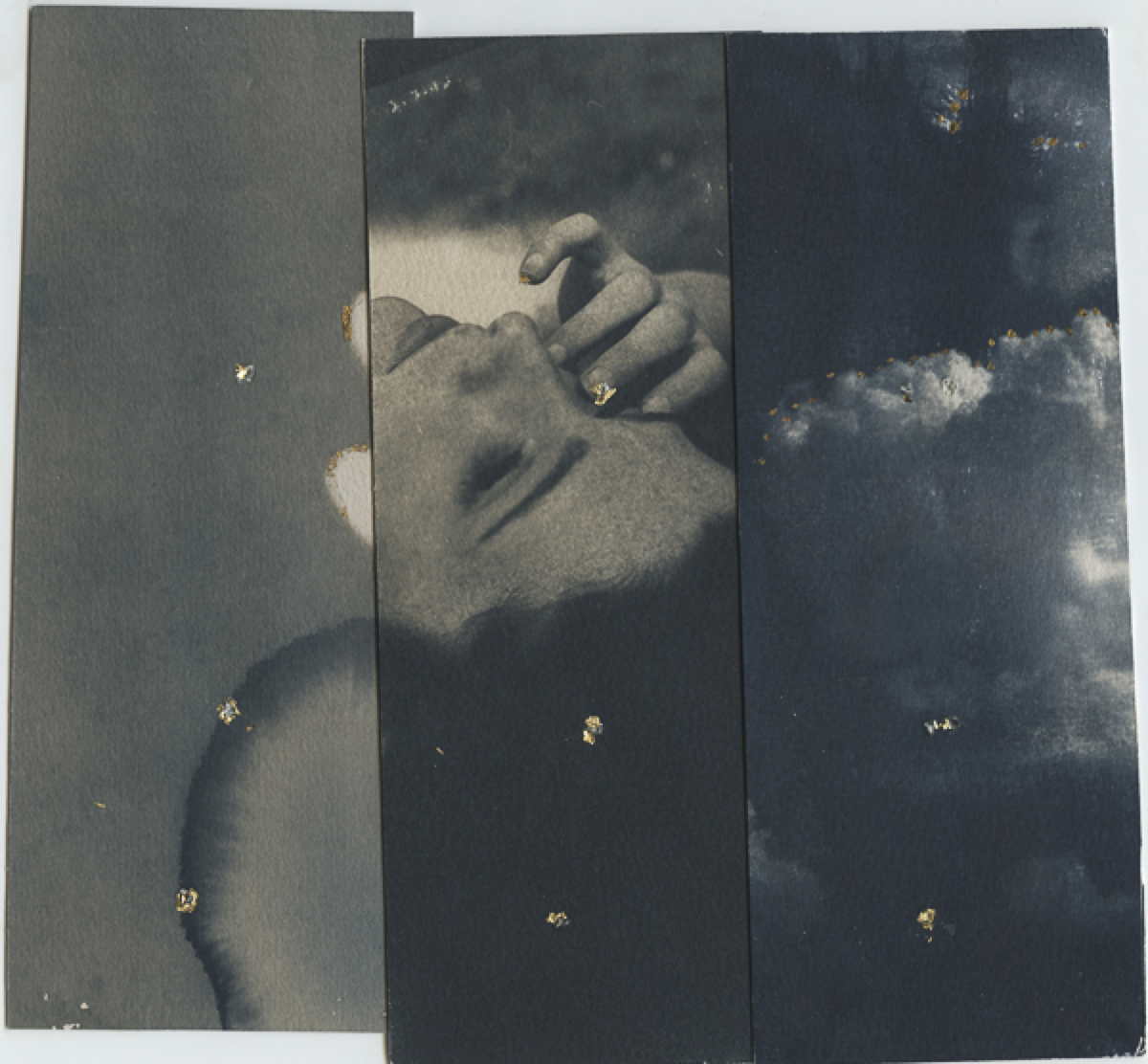
Clems | Stalaktos
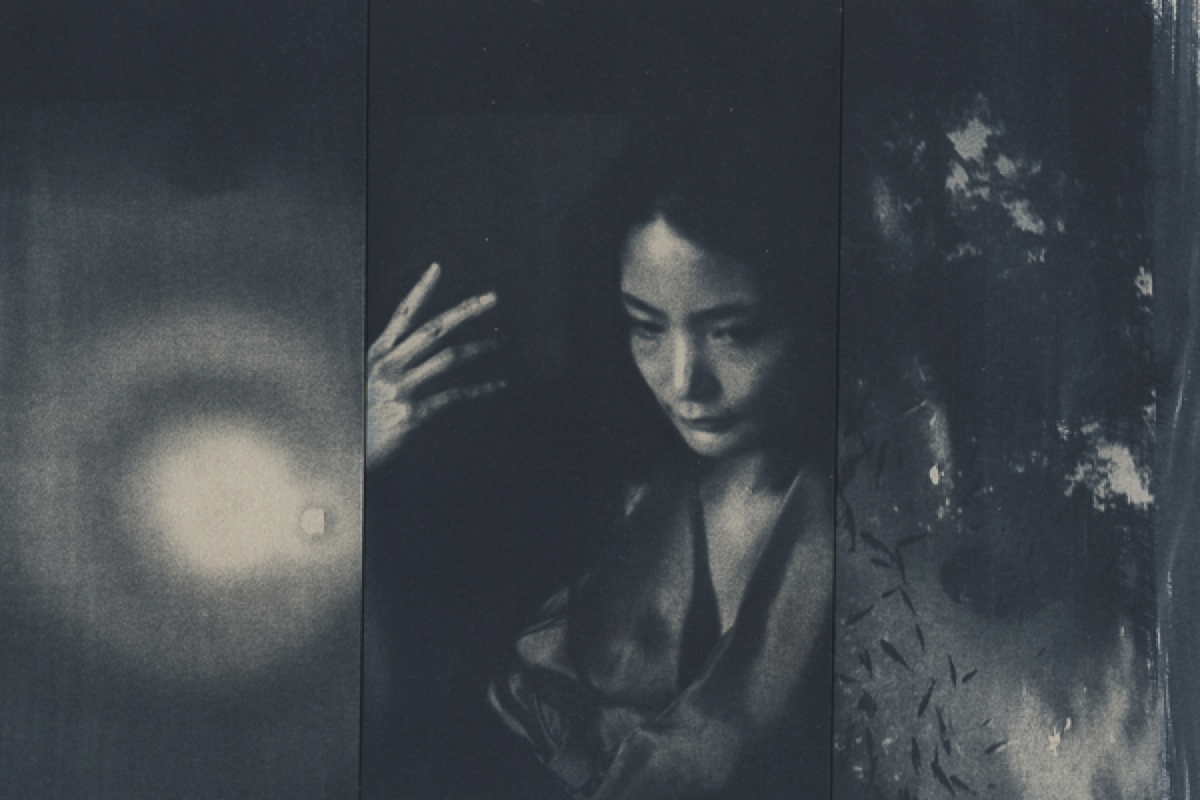
Sawa | Stalaktos
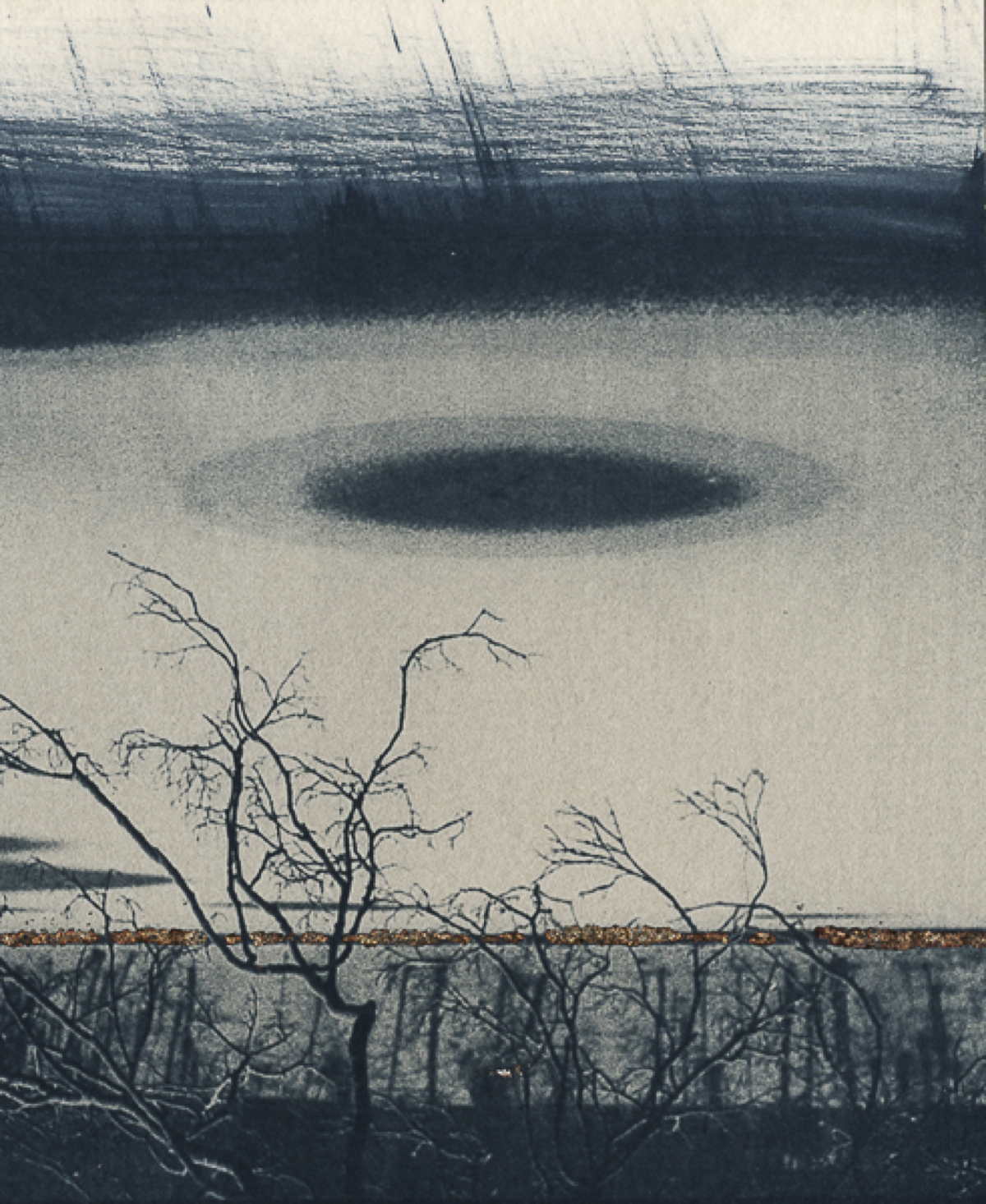
Equi | Stalaktos
Your photobook ‘Wave of Dream’ brings together beautiful black and white and color images of nature and the body. What influence did the environment have on this project?
I started this project in botanical gardens, with a linear approach that later turned out to be wrong. Albeit, it was a good starting point, as it’s a space where humans want to preserve nature in an artificial way. The environment was therefore very inspiring, as it can take a wide array of shapes, lights and depth, and fauna and flora have been a major interest since I was a child. I wanted to reconnect with the wilderness of my childhood, despite being born and bred in a big city (Madrid), my deeper memories are related to the countryside where I spent the weekends surrounded by dogs, playing with clay and getting lost in the fields.
Do you think that the environment plays an influential role in your practice as a whole?
Definitely. Silver reserves are decreasing and certainly the chemicals to process films and prints are quite toxic. It was during my first pregnancy that I started exploring more environmentally friendly techniques such as cyanotypes and I have tried other alternatives involving coffee and orange peel. Additionally, I like to use plants to tone my prints, it’s not only environmentally friendly but it also smells great! Small gestures have an impact and I believe that sooner than later most photographers working with film will be more aware of less toxic alternatives, the Sustainable Darkroom is a great resource!
How does your approach differ when working on a commission project in comparison to your personal work?
I like to have my own view on commission projects but also a balance between the client and my vision, as you must deliver the results and both parties should be happy about it. It’s an exercise where you can learn a lot and forces you to have discipline, whereas my personal projects can be more intuitive and there is no pressure on the result, it’s more about a gut feeling.
How difficult is success as a photographer working in the digital times?
Digital photography has opened up access to the profession and some platforms, such as Flickr in the old days or Instagram now, have played a significant role in terms of visibility and opportunities. However at the same time, competition has increased, so I guess it’s more about having a voice and making sure you can reach out to the right people.
Finally, are you working on any new projects you are able to tell us a little about?
I am working on the second chapter of The Mirror, “You/ roofs at night” focusing on youngsters and mothers from broken families, which will be exhibited by the end of the year in Brussels.
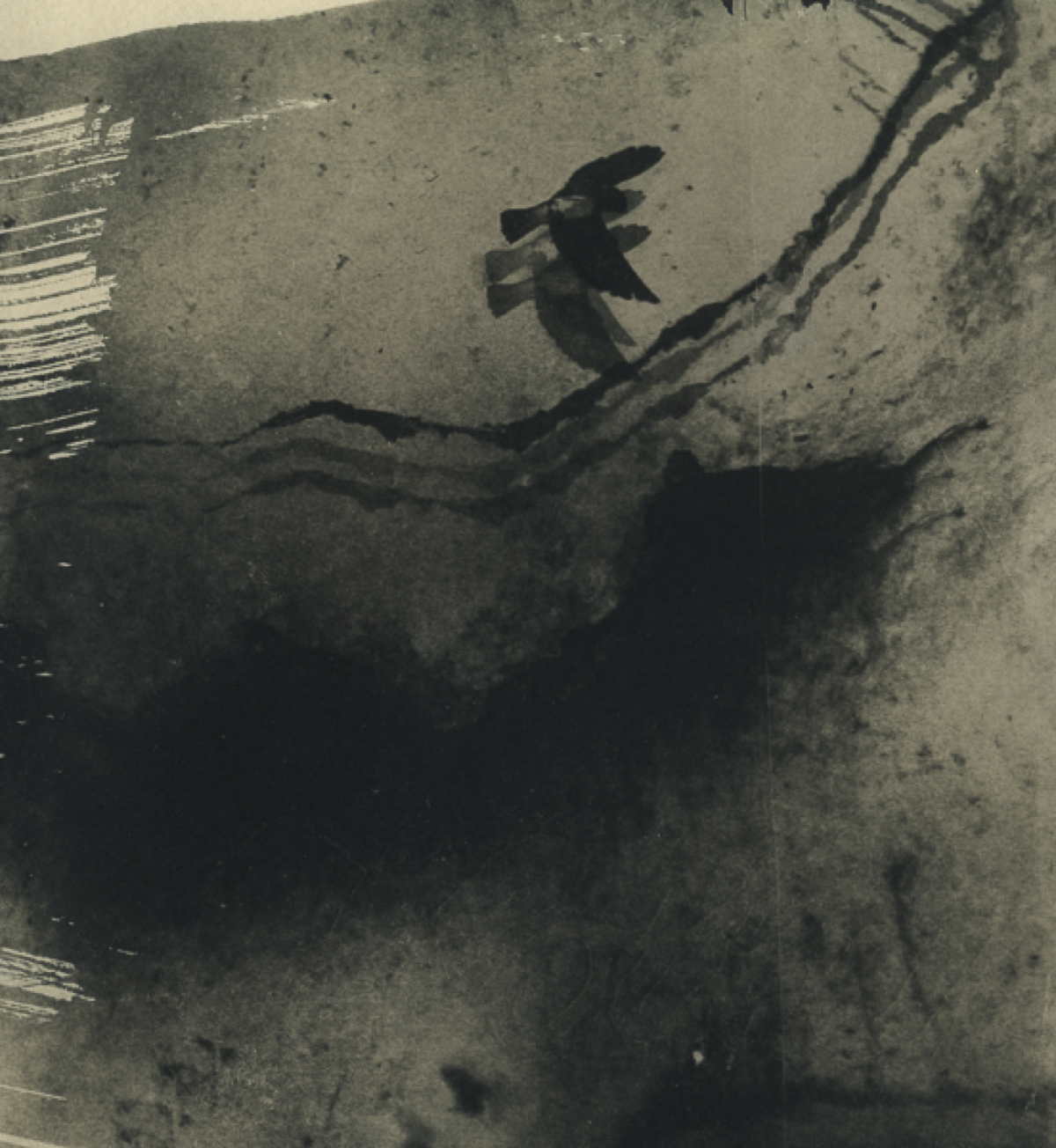
Haitises | Stalaktos
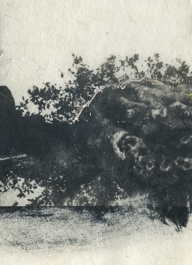
Whirls | Stalaktos

Reflet | Le Miroir
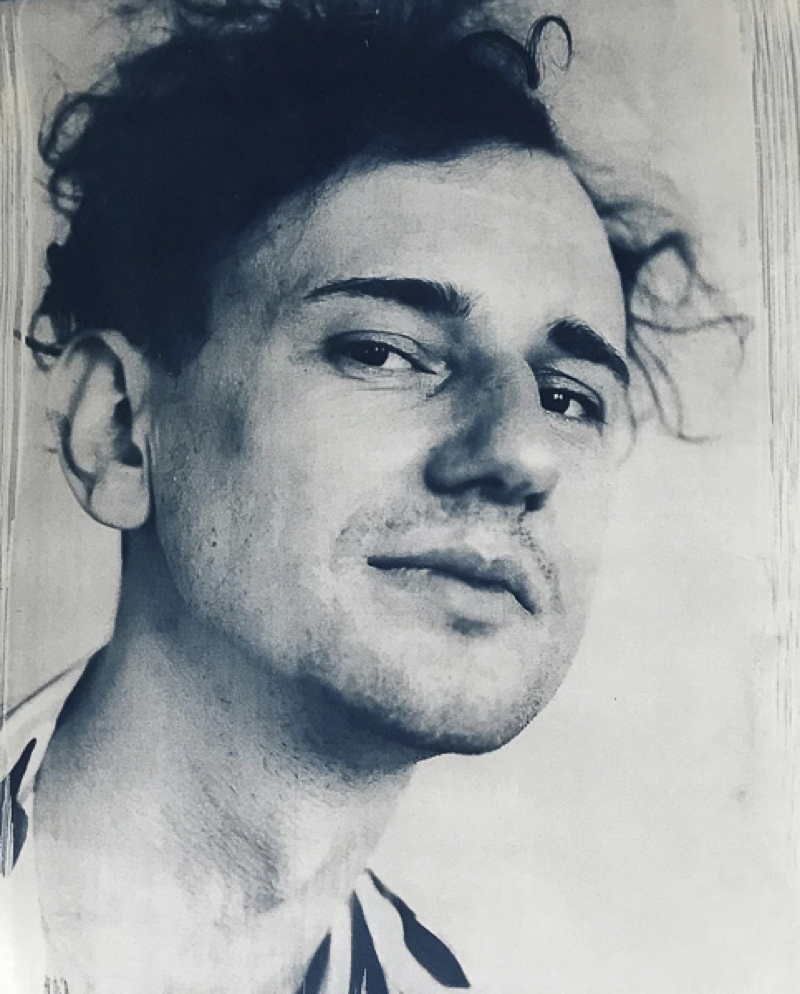
Ste | Le Miroir
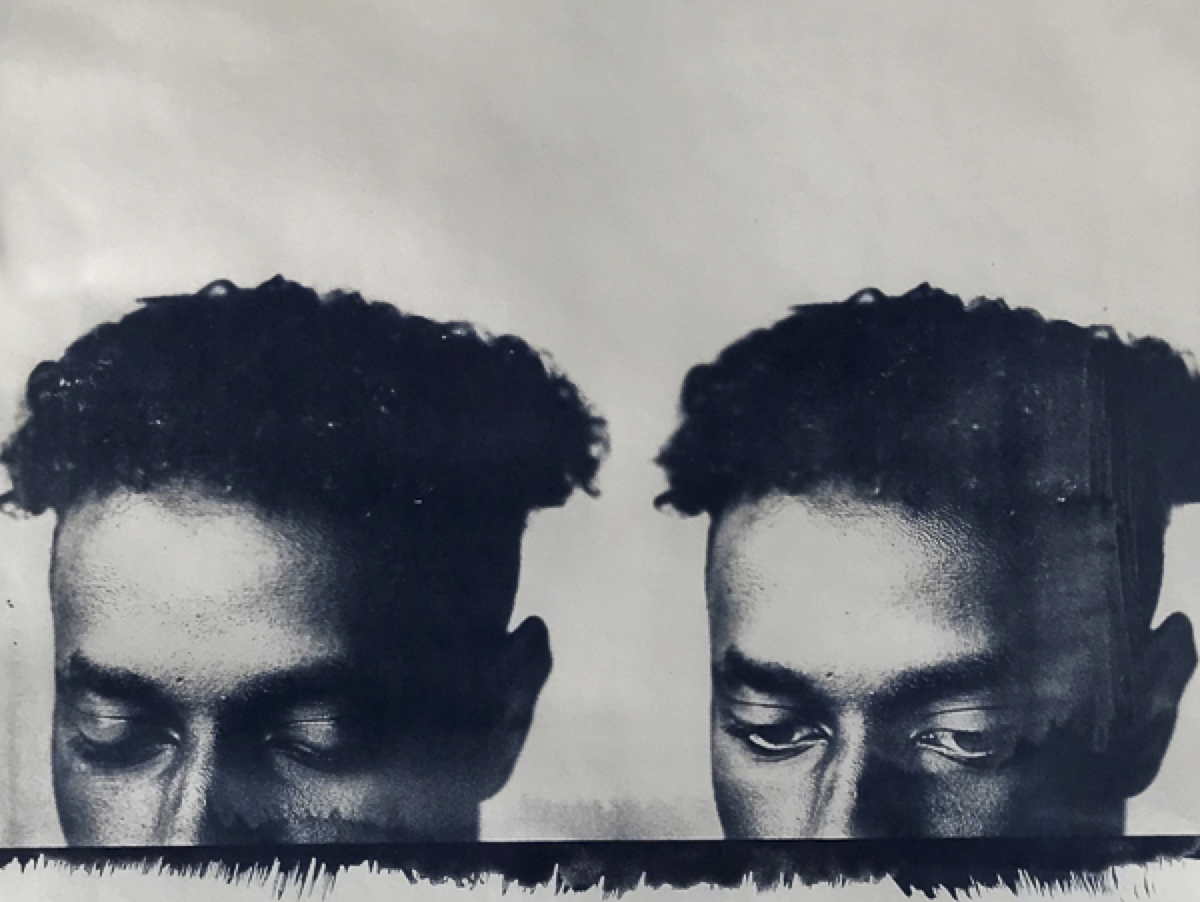
Thoughts | Le Miroir
+ All Images:
Courtesy by © Maria Baoli
+ Words:
Emily Nicholas
Luxiders Magazine

